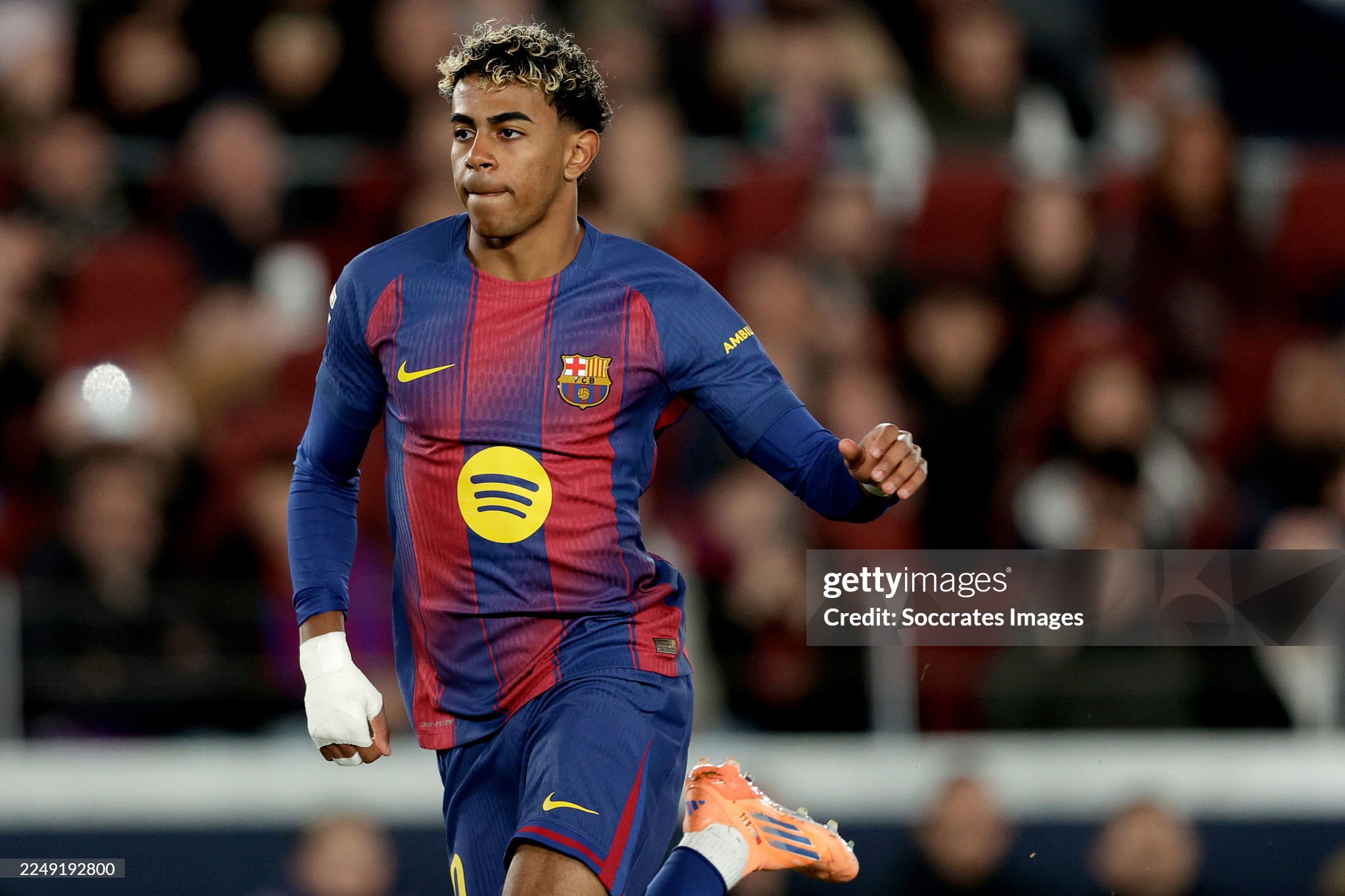After Argentina’s friendly against Puerto Rico, Lionel Messi has another record to his name. In the night from Tuesday to Wednesday, Messi set up two Argentina goals and is now the player with the most international assists worldwide: sixty.

Lionel Messi returned to Argentina’s lineup and promptly rewrote another line of the record books, supplying two assists in a commanding win over Puerto Rico.
The Inter Miami forward, who sat out last week’s 1–0 friendly victory against Venezuela, orchestrated the attack in familiar fashion and became the men’s international player with the most assists in history. His tally now stands at sixty, moving him past Neymar’s previous mark of fifty-nine. The scoreline reflected the dominance: Argentina ran out 6–0 winners, with goals arriving in steady waves rather than one isolated burst.
From the first exchanges Argentina imposed control. The visitors circulated possession through short, secure passes and used the full width to stretch Puerto Rico’s compact block. The press was measured rather than frantic, designed to trap the hosts along one touchline and force hurried clearances. That pattern yielded sustained territory, and the pressure told when Alexis Mac Allister arrived from midfield to open the scoring. His timing into the box has become a reliable route to goal, and here it unlocked a defense that had initially crowded the central channels.
The second goal, not long before the half-hour, showcased the understanding that continues to define Messi-led attacks. Dropping between lines to receive with his back to goal, Messi drew two markers, pivoted into space, and threaded a pass into Gonzalo Montiel’s stride. The right back met it first time for 0–2, a finish that rewarded his ambition to attack the far post. The assist looked simple only because the decision and weight of pass were perfect. With that sequence, Argentina’s rhythm settled. The movements were repeatable and logical: a runner outside to pin the full back, a midfielder inside to create a triangle, and Messi acting as the switch that connects it all.
Puerto Rico struggled to turn regains into counters. Whenever they escaped the first wave, Argentina’s counter-press closed lanes within seconds. The nearest three players swarmed the ball while a fourth protected the space behind, which meant hopeful diagonals rather than controlled transitions. Before the interval, Mac Allister doubled his personal tally. Arriving late once again, he exploited the gap created when the defensive line retreated and the midfield failed to drop together. The shot was steady rather than spectacular, but it capped a half in which his constant movement asked too many questions for the home side to answer.
At 3–0, Argentina adjusted their posture. The tempo dropped a touch, possession became more patient, and the visitors focused on isolating one side then switching quickly to the other. This control-first approach compressed Puerto Rico into long spells without the ball, which can be as draining mentally as physically. The hosts’ back line held shape as best it could, but the next blow came early in the second half via an own goal. It was the byproduct of precisely the kind of pressure that accumulates when crosses, cutbacks, and edge-of-box shots keep arriving. Defenders are forced to defend facing their own goal, and errors creep in.
Lautaro Martínez then stepped forward. His first strike was a classic center-forward’s finish, created by darting across the near post and meeting a low delivery before the center backs could adjust their feet. His second closed the scoring at 6–0, and again the final touch was enabled by Messi’s service. The captain alternated between quick one-twos to unbalance markers and longer diagonals that flipped the point of attack. The thread throughout was clarity. Every action seemed to have a purpose that fit the larger structure, from decoy runs that opened lanes to delayed passes that invited teammates into high-value zones.
For Argentina’s staff, friendlies like this are laboratories for habits and mechanisms rather than auditions for improvisation. A few themes stood out. First, the full backs were encouraged to commit high and early, not merely to overlap, but to arrive in the box as secondary finishers. Montiel’s goal and several far-post threats validated that brief. Second, the midfield trio balanced circulation with verticality. When the six dropped to receive off the center backs, one eight slid wide to help progress down the channel while the other attacked the half space. That choreography created repeated dilemmas for Puerto Rico’s midfield line: step to the ball and leave a lane, or hold shape and allow uncontested forward passes.
Third, the front line rotated intelligently. Martínez often began centrally but drifted to the far post when the ball was on Messi’s side, trusting that the cutback would find him if the near-post run pinned defenders. Wide forwards tucked in to form a narrow front three, leaving the wings for the advancing full backs. The result was constant occupation of the penalty spot and the area just beyond it, which is where rebounds and second balls typically fall. When Argentina lost possession, the nearest players collapsed inward to block counters immediately, while the rest squeezed up to maintain compactness behind the ball.
Messi’s record deserves its own paragraph because it reframes familiar debates about his international career. Sixty assists at this level are not an accident of longevity. They testify to a style that creates as much as it finishes. The passes are varied: slips through the inside channel, chipped balls to the weak-side runner, disguised reverses that wrong-foot a defender by half a step. The common element is vision matched to execution. Passing milestones tend to be quieter than scoring ones, but on nights like this the creative side drives the narrative.
Puerto Rico’s evening, heavy as it was, offered reference points for future work. Their best interruptions came when they pressed in coordinated bursts rather than pursuing the ball individually. On a couple of occasions they forced Argentina to recycle to the goalkeeper and restart. The challenge is to extend those sequences, keep the block connected, and compact the space around the ball quickly enough to contest second phases. Set pieces also presented a modest opening; with more accurate deliveries they might have tested Argentina’s aerial organization more often. These are small footholds against elite opposition, but they matter as markers of progress.
As the final minutes ticked away, Argentina managed the game with professional calm. Substitutions maintained intensity without disrupting structure. The visitors’ shape remained tight between the lines, and possession phases were used to drain the clock rather than chase additional gloss on the scoreline. By the end, the 6–0 felt like the natural expression of a performance that mixed craft with control. Clean sheet, multiple goal scorers, and a headline milestone for the captain: the checklist for a productive international window box was thoroughly ticked.
For the wider picture, the night offered reassurance more than revelation. Argentina’s identity is intact. The roles are clear, the automatisms polished, and the key figures remain decisive. Messi’s form adds a layer of inevitability to their attacking play. When he drops to knit moves, the entire forward structure hums. When he stays higher to combine, the penalty area fills with runners and the back line staggers. Either way, opponents are forced to choose which space to concede, and Argentina have the patience to probe until they find it.
Match context inside the story matters because it underscores why the score ended as it did. The opening goal changed Puerto Rico’s defensive posture, the second cemented Argentina’s control, and the third just before the break removed jeopardy. After that, the second half became a test of concentration and structure, which the visitors passed with authority. The night belonged to a team that knows its patterns and to a captain whose passing numbers now sit alongside his goals as a defining feature of a legendary career.







